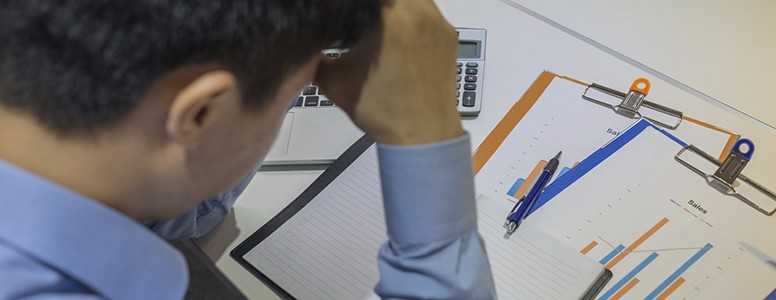Overweight adults with type 1 diabetes did not improve their HbA1c levels when liraglutide was added to their insulin regimen. They did, however, see a decrease in body weight, lowered their insulin requirements, and experienced less hypoglycemia, according to new research.
The study, conducted by researchers at the Steno Diabetes Centre, Denmark, is known as LIRA-1. It is the largest study to evaluate the effects of liraglutide plus insulin for overweight adults with type 1 diabetes.
What is liraglutide, and could it be useful for people with type 1?
Liraglutide is a GLP-1 receptor agonist designed for the treatment of type 2 diabetes. It lowers blood glucose levels by stimulating the body’s natural glucose-lowering mechanisms. It increases insulin secretio, inhibits glucagon release and slows digestion. Liraglutide is not currently approved for the treatment of type 1 diabetes.
“Because of the similar effect on HbA1c as insulin and the additional expense, we do not currently recommend the combined treatment in the general population with type 1 diabetes,” said first author Thomas Fremming Dejgaard, of the Steno Diabetes Centre, Denmark.
Despite its lack of effect for lowering HbA1c levels, Dejgaard believes that the specific benefits of liraglutide could make it suitable for “sub-populations” of people with type 1 diabetes.
David Simmons, of Western Sydney University, Campbelltow, Australia, said in an accompanying comment: “The results of the Lira-1 study…will make a health economic analysis necessary to assess whether treatment with liraglutide for patients with type 1 diabetes and high HbA1c is cost-effective.”
It is estimated that 50 per cent of people with type 1 diabetes in the developed world may be overweight or obese, which suggests that the weight loss and lower insulin dosage benefits associated with liraglutide may be of use. However, further studies are needed to fully test this.
How was the study conducted?
The researchers analysed the data of participants from four outpatient clinics in Denmark, all of whom were considered overweight – BMI higher than 25. All of the participants had HbA1c levels higher than 8 per cent (63.9mmol/mol).
The participants were assigned to one of two groups: the first received 24 weeks of once-daily injections of insulin plus liraglutide; the second group received a placebo instead of the liraglutide.
After 24 weeks, there was no significant change in HbA1c between the two groups. However, body weight in the liraglutide group went down by an average of 6.4 per cent, with no change in the placebo group.
There was also a reduction in hypogylcemic events in the liraglutide group over the 24 weeks – 736 compared to 884 in the placebo group.
The study did not include type 1 diabetes patients with insulin pumps. Neither did it take into account education received and quality of blood glucose management. Further studies are needed to test these factors.
“It is possible that a greater benefit would be seen when patients have received validated structured education, with the addition of modern diabetes technology when needed, to minimise the risk of hypoglycemia,” said Simmons.
The findings are published in the Lancet Diabetes and Endocrinology.
What's new on the forum? ⭐️
Get our free newsletters
Stay up to date with the latest news, research and breakthroughs.






